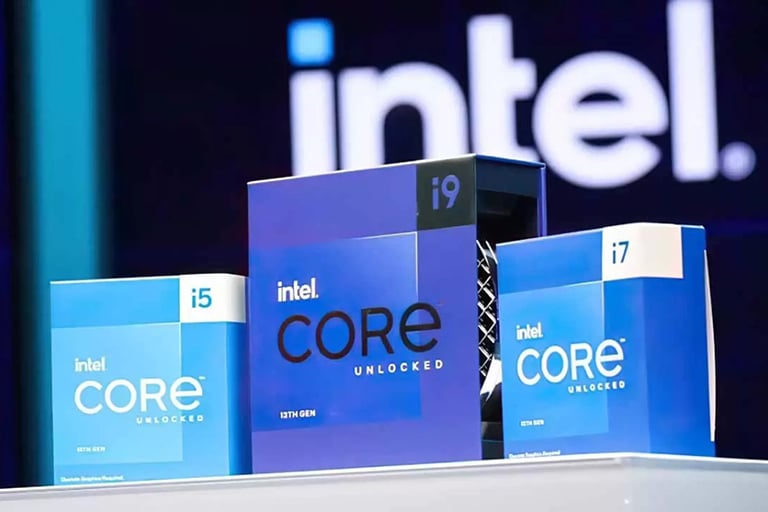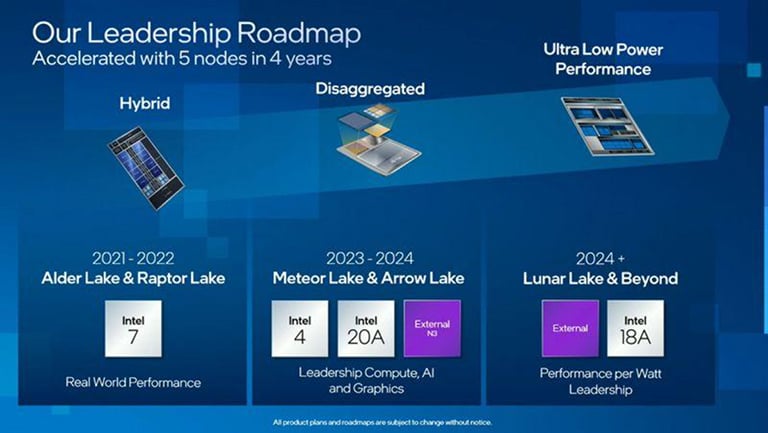According to Tech Unwrapped , in preparation for major changes next year, Intel has decided to change the names of its CPUs. For example, the current Core i5 will be named Core Ultra 5. The company is also said to end the Pentium and Celeron names - two brands that are more than 30 years old - to convert to Intel N aimed at laptops and embedded systems like Mini PCs.

Intel is ready to abandon its old Core i processor naming scheme
This rebranding isn’t a huge deal, but it could help the company simplify its marketing efforts, similar to what AMD has done. But more importantly, Intel could go even further in copying its CPU rivals.
When Arrow Lake is introduced, it will be based on Intel's 20A (2nm) process with new Lion Cove (P-Core) and Skymont (E-Core) cores. Additionally, these processors completely remove support for DDR4 RAM. There are also more changes, such as a change to the LGA1851 socket. Meanwhile, Meteor Lake will still use the LGA1700 socket for compatibility with existing motherboards. This is not surprising since the company has been following the path of changing sockets every two years.
But the most notable jump in Arrow Lake is in cache. In the 12th-gen Core, each P-Core had 1.25 MB, while the 13th-gen increased it to 2 MB. Analysts predict that the 14th-gen Core will have the highest cache of up to 3 MB. If the information is correct, Intel has copied a technology found on AMD's Ryzen CPUs. Specifically, to increase the cache, Intel will most likely have to use an additional stack like the way Ryzen 3D is applying.

The CPU manufacturing roadmap that Intel has been aiming for
Additionally, Intel’s move to a smaller lithography process will allow it to increase core counts. This could result in a slight increase in P-Core count, but it could be a performance boost. Current solutions are already quite powerful and offer flexibility in core configuration. Additionally, with a 2nm process, Arrow Lake’s core clock speeds could approach 6 GHz.
Source link



![[Photo] Sparkling lanterns to celebrate Vesak 2025](https://vphoto.vietnam.vn/thumb/1200x675/vietnam/resource/IMAGE/2025/5/7/a6c8ff3bef964a2f90c6fab80ae197c3)



























![[Photo] Prime Minister Pham Minh Chinh chairs meeting to review preparations for trade negotiations with the United States](https://vphoto.vietnam.vn/thumb/1200x675/vietnam/resource/IMAGE/2025/5/6/1edc3a9bab5e48db95318758f019b99b)



































































Comment (0)